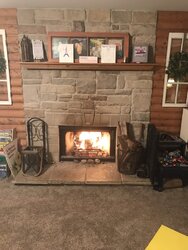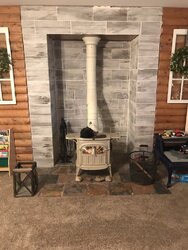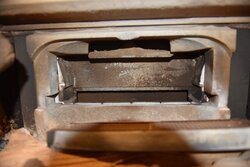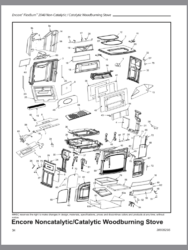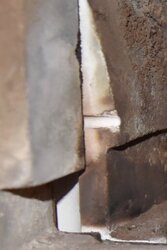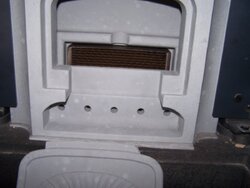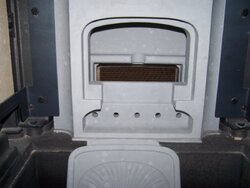Woody Stover
Minister of Fire
Hmmm, yeah.I’m very curious to see actual real time temps reported for the BK’s. I’ve tried to stay up to date on the BK thread but that has proven to be impossible. You guys talk about way to much chit and I haven’t come across anyone reporting actual temps.

I'm glad to see the VC thread take off this year. You may be able to overtake the BK thread, if you just post more off-topic chit, then keep repeating the same posts over and over again.



